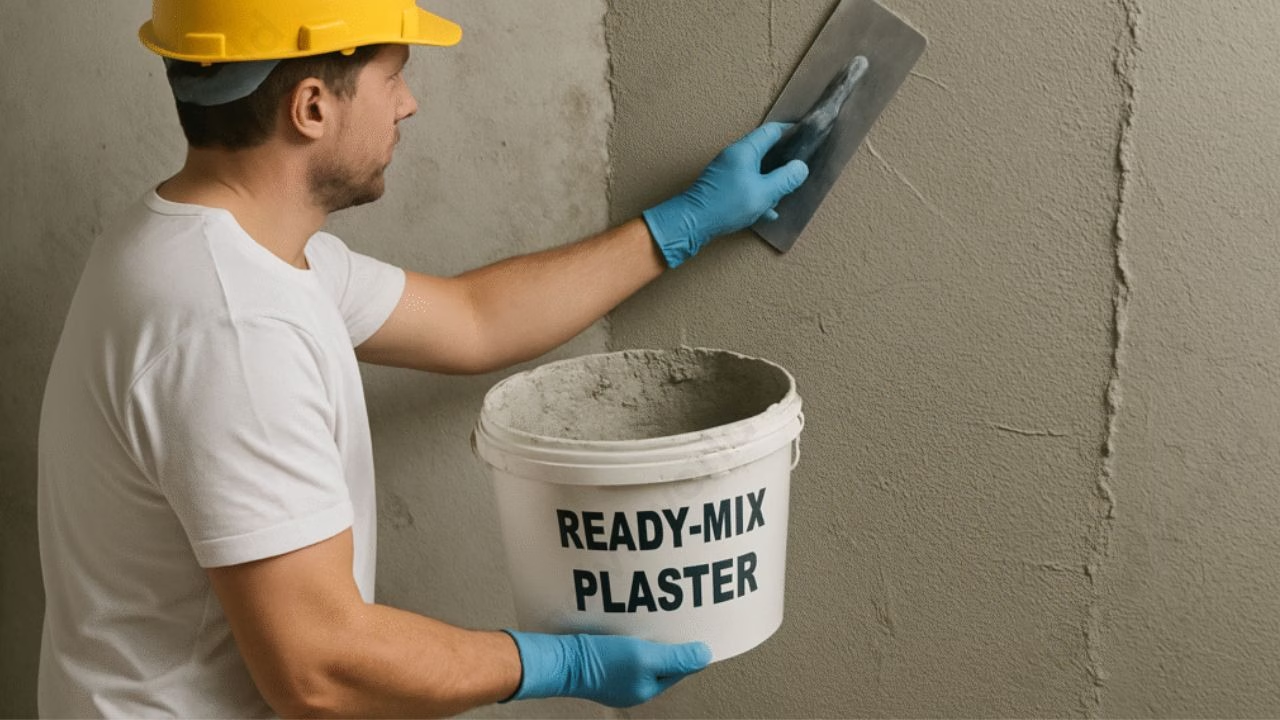There are different types of buildings. We can classify them according to various criteria. With the advent of technology, new categories are included each day.
In this blog, we are going to dwell deep into modular building.
Let’s start form scratch.
What is modular building?

Modular buildings are structures that are constructed in a factory setting before being transported for assembly on site.
Despite having been used as a method of construction for decades, this type of modular structure is increasingly being used for a wider range of construction projects, ranging from offices and hospitality builds to residential properties, and more.
So, you got an idea about modular building. Now, let’s get into the construction details.
Modular building construction
- Modular buildings are manufactured in sections away from building sites before being delivered to the desired location where they are installed into a final building design.
- 60-90% of the work is completed in a factory-controlled environment, either as a complete structure or as modular subassemblies for a larger project.
- This offsite construction allows the use of lean manufacturing techniques to create prefabricated modules.
- These modular units can be placed end-to-end or stacked up to create different configurations.
- The modular construction process is completed onsite using inter-module connections (or inter-connections) to tie the units together.
- Permanent modular buildings, such as prefabricated homes, are built to standards that are equal or higher than traditional site-built properties, ensuring high levels of quality control.
- Permanent modular construction (PMC) can be carried out with a variety of building materials, such as concrete, steel or wood, and can also include provision for adding windows, power supplies, water and sewage pipes, telecommunications, air conditioning and more.
- Many of these additional features can be installed before being taken to the site, saving construction time later in the process.
- These PMC structures are designed to remain in one location once built and can include as many storeys as allowed by building regulations.
- The design phase is particularly important in the creation of modular buildings.
- Design for Manufacture and Assembly (DfMA) practices need to be used to make sure the assembly tolerances are controlled and ensure any slack or misalignment can be taken up.
- CAD systems, additive manufacture (3D printing) and manufacturing control systems are important for modular construction since the components cannot easily be realigned onsite.
Let me walk you through the benefits of such buildings.
Benefits of Modular Construction Compared to Traditional Construction

- Modular construction offers several advantages over traditional construction techniques.
- Construction delays due to adverse weather and other onsite issues are not an issue with factory manufacture, eliminating many potential delays to project completion dates
- Factory conditions allow for a higher quality product with improved operating procedures and monitoring, while employees are able to work in a more comfortable environment. Construction can also more easily be extended 24/7 if required to complete a project
- Material supplies are easier to control in a factory setting, reducing wastage and thereby cost, as well as lowering the environmental impact of a build.
- Manufacture of the modules can begin before onsite preparations, such as foundations, are complete, speeding up the whole build process
- Modular construction allows for different parts of the building to be built at the same time – further reducing the time taken to complete a project
- Modular construction is highly suited to remote locations where onsite building could prove difficult or expensive.
- Building away from these locations also means that staff can work in places where medical and sanitary provision is more readily available if required
- Modular structures can be added to overtime or even be treated as a relocatable building which can also be readily refurbished to meet a new need
- Because modular units need to meet regulations for travel and assembly, the final product can end up being more durable than a traditional build that didn’t have to be assessed part by part
- Many modular units use Structural Insulated Panels which are light yet durable and provide improved thermal insulation as well as damp and cold resistance when compared to materials like timber.
- The factory construction also removes the potential for high levels of moisture being trapped inside the construction, improving the quality of the product
- Modular constructions have been shown to offer time savings of more than 50% when compared to traditional builds, with the inherent cost savings this provides
Now, I will show you the disadvantages of modular building.
Disadvantages of modular building
There are a few challenges associated with modular builds, including;
- The transportation of finished modular building sections can require a lot of space
- Manufacturing and transportation restrictions can limit the size of each modular unit, which can impact room sizes
- Lack of knowledge about technology
- Some amazing architectural designs might not be possible through the construction.
- All the changes need to be made at the beginning itself. Otherwise, they will have adverse effects on the structure.
We have reached at the last section. Let’s have a quick stroll.
Applications

Where modular building used to be associated with temporary structures, improvements in quality, design and unit sizes mean that this type of construction continues to find new applications.
From offices to homes and even larger builds like sports halls, the uses of modular construction are constantly growing.
No longer associated with small, low cost structures, the modern wave of modular buildings are proving that they can be used for any number of applications while offering cost and time savings along with comparable levels of quality to traditional builds.
Must read: What is bim?
That’s it about modular buildings. Let me know if you have any doubts in the comments.
Happy learning!


2 thoughts on “Modular Building- Construction, Benefits &Disadvantages”
Comments are closed.